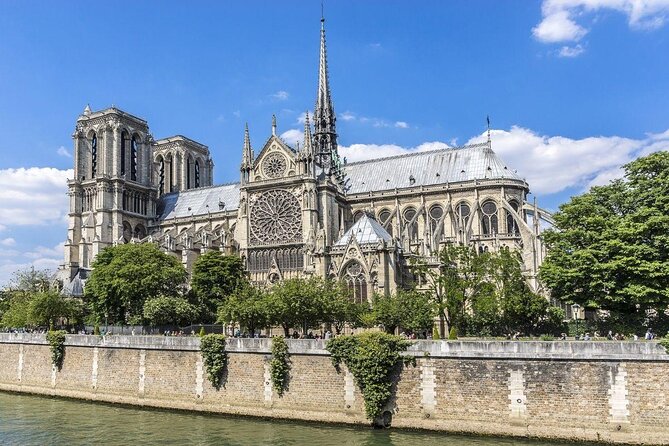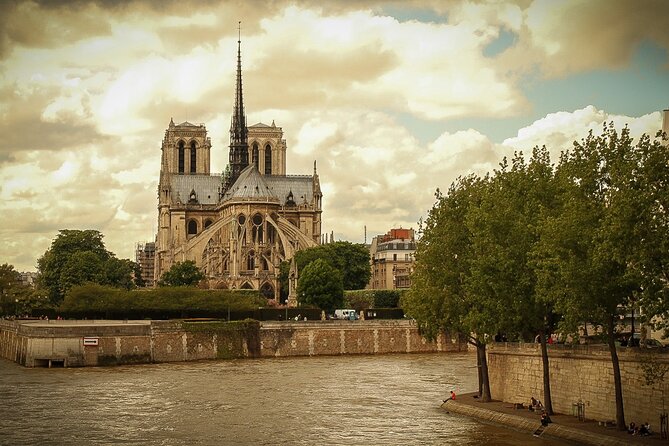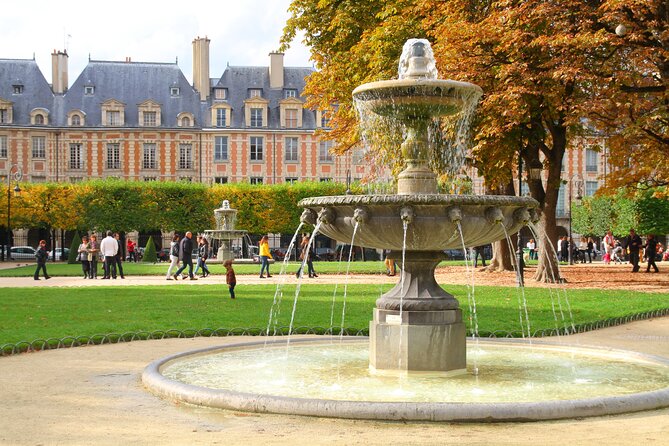Photo Course – Level 2: Light and Colors
Imagine a photograph bathed in the warm, golden hues of a setting sun, or the deep, rich colors of a bustling market.
The Photo Course – Level 2: Light and Colors promises to unravel the secrets behind capturing these mesmerizing moments.
From understanding the nuances of light sources to enhancing colors in post-processing, this course offers a comprehensive exploration of how light and colors can transform an ordinary image into an extraordinary work of art.
Join the journey of discovery and watch your photography skills evolve in ways you never thought possible.
Key Points

- Light temperature sets the mood and atmosphere of a photograph.
- White balance adjustment ensures accurate color representation.
- Color contrast enhances visual impact and depth in images.
- Strategic use of light and color manipulation conveys emotions and narratives effectively.
Understanding Light Sources
When delving into the art of photography, understanding light sources is crucial for capturing captivating images. Light temperature plays a significant role in setting the mood of a photograph. Different light temperatures, such as warm golden hour light or cool midday light, can drastically alter the overall feel of an image. Photographers need to be mindful of these variations to achieve the desired effect in their photos.
Plus, mastering color contrast is essential for creating visually striking compositions. Understanding how different colors interact with each other under various lighting conditions can help photographers make their subjects pop or create a harmonious blend within the frame. By playing with color contrast, photographers can add depth and interest to their images, elevating them to a new level of artistry.
Mastering White Balance

To achieve optimal color accuracy and ensure your photographs reflect the true essence of the scene, mastering white balance is an essential skill for any photographer. White balance tips can help photographers adjust their camera settings to accurately capture the colors in different lighting conditions.
Understanding color temperature adjustments is crucial; it involves setting the correct color balance to match the light source, whether it’s natural daylight, incandescent lighting, or fluorescent bulbs. By adjusting the white balance, photographers can avoid color casts and ensure that whites appear white in their images.
Experimenting with different white balance settings can enhance the overall tone and mood of your photographs, making them more visually appealing and true to life.
Exploring Color Theory

Exploring Color Theory delves into the fundamental principles that govern the interaction of colors in photography, offering a comprehensive understanding of how different hues work together to create visually striking compositions. Understanding color psychology and color harmony is essential in creating images that evoke specific emotions and moods. Here are five key points to consider:
- Color Wheel: Learn how different colors relate to each other on the color wheel.
- Contrast: Explore how contrasting colors can create dynamic and eye-catching images.
- Color Temperature: Understand how warm and cool colors can impact the mood of a photograph.
- Color Schemes: Discover various color schemes like complementary, analogous, and triadic for harmonious compositions.
- Emotional Impact: Explore the emotional responses different colors can evoke in viewers.
Exploring Color Theory enhances a photographer’s ability to create compelling and emotionally resonant photographs.
Using Light to Create Mood
Understanding how light interacts with a scene is pivotal in setting the mood and atmosphere in photography. Light manipulation can evoke various emotions in viewers, influencing the overall mood of an image. Color psychology plays a significant role in this process, as different colors can convey different feelings and moods. By strategically using light and understanding color psychology, photographers can create powerful visual narratives that resonate with the audience.
| Light Manipulation | Emotions |
|---|---|
| Soft light | Calmness |
| Harsh light | Drama |
| Warm light | Coziness |
| Cool light | Isolation |
| Dappled light | Mystery |
Enhancing Colors in Post-Processing

In the realm of photography post-processing, enhancing colors can elevate the visual impact and overall appeal of an image significantly. When it comes to color grading and correction, photographers can employ various techniques to enhance the vibrancy and mood of their photos:
-
Adjusting White Balance: Tweaking the white balance can drastically alter the overall color temperature of an image.
-
Fine-Tuning Saturation: Increasing or decreasing the saturation levels can make colors pop or appear more muted.
-
Playing with Contrast: Adjusting the contrast can enhance the separation between colors, making them more distinct.
-
Selective Color Editing: Focusing on specific colors and enhancing or toning them down selectively can create a more balanced composition.
-
Utilizing Filters and Presets: Applying filters or presets can quickly enhance colors and give a unique look to the image.
Practicing Light and Color Techniques

Practicing techniques that harness light and color effectively enhances the visual impact of photographs, elevating their overall quality and appeal. Engaging in practical exercises that focus on manipulating light sources and understanding color psychology can significantly improve photographic outcomes.
For instance, varying the angle and intensity of light can create dramatic effects, adding depth and dimension to images. Experimenting with different color schemes based on color psychology principles can evoke specific emotions or convey particular messages within a photograph.
Common questions

Is Previous Photography Experience Required to Participate in the Photo Course – Level 2: Light and Colors?
Prior experience is not required to participate in the photo course – level 2: Light and Colors. The course welcomes all levels of photographers, offering valuable insights and practical skills to enhance participants’ understanding of light and colors.
Are There Any Specific Camera Equipment Requirements for This Course?
Camera equipment requirements for the course are essential. Participants must possess a DSLR or mirrorless camera with manual settings capability. A tripod and a variety of lenses are also recommended. These tools enhance the learning experience and practical application.
Will There Be Hands-On Practice Sessions During the Course?
During the course, participants engage in hands-on practice sessions, fostering interactive learning. These sessions provide practical experience and enhance understanding of light and colors. Students actively apply concepts learned, promoting a dynamic and immersive educational experience.
Are There Any Assignments or Projects to Complete as Part of the Course?
Yes, there are assignments and projects to complete as part of the course. Students will engage in hands-on practice sessions to apply their knowledge, enhance their skills, and receive a certificate of completion upon finishing.
Is There a Certificate of Completion Provided at the End of the Course?
Yes, there is a certificate of completion provided at the end of the course. It offers accreditation for the skills acquired. This certificate can be valuable for showcasing expertise online or in various professional settings.
Last Words
Unleash your creativity and elevate your photography skills with the Photo Course – Level 2: Light and Colors at PhotoProf – Cours de photographie.
Mastering light sources, white balance, color theory, and post-processing techniques will take your photos to the next level.
With a small group setting, convenient location, and flexible cancellation policy, this course is perfect for photographers of all skill levels.
Don’t miss out on this opportunity to explore the art of photography through the lens of light and colors!